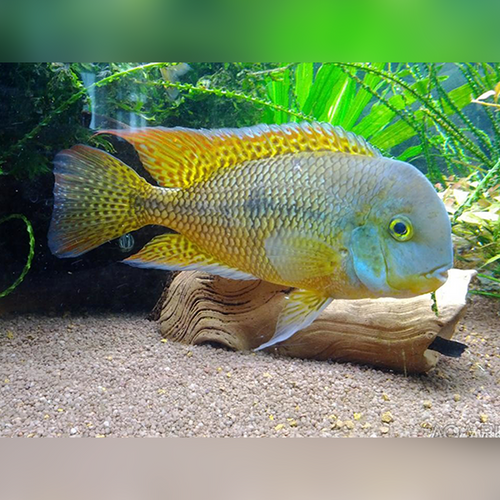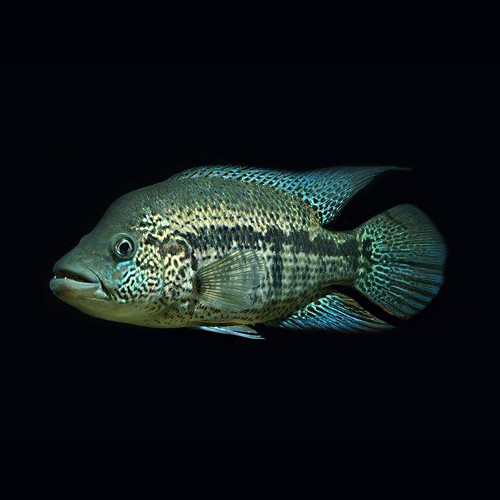SKU:
298
Our Guide To Keeping Black Nasty Cichlid Fish
-
About Fish Species:
- Scientific name: Nandopsis haitiensis
- Common name: Black Nasty Cichlid
- Family: Cichlidae
- Origin: Central America, specifically Haiti
- Adult length: Approximately 30 cm (12 inches)
- Lifespan: 10 to 15 years
-
Tank Setup:
- Black Nasty Cichlids require a spacious tank with plenty of hiding spots and territories. A tank size of at least 75 gallons is recommended for a single fish or pair.
- Provide rocky caves, driftwood, and robust plants to mimic their natural habitat. They appreciate areas with strong water flow.
-
Water Parameters:
- Black Nasty Cichlids prefer slightly alkaline water with a pH range of 7.0 to 8.0.
- Maintain the water temperature between 24 to 28°C (75 to 82°F).
-
Filtration and Water Flow:
- Use a powerful filtration system to maintain water quality, as Black Nasty Cichlids are messy eaters and produce a lot of waste.
- They appreciate moderate to strong water flow in the tank.
-
Diet:
- Black Nasty Cichlids are omnivores and will accept a variety of foods. Offer them a balanced diet consisting of high-quality pellets, flakes, and occasional live or frozen foods like bloodworms, brine shrimp, and small feeder fish.
- Vegetable matter should also be included in their diet, such as blanched vegetables or spirulina-based foods.
-
Tank mates:
- Black Nasty Cichlids are territorial and can be aggressive towards other fish, especially during breeding. They are best kept with larger, robust species that can hold their own, such as other large cichlids from Central America.
- Avoid keeping them with small or timid fish that may be intimidated or harassed.
-
Behavior and Compatibility:
- Black Nasty Cichlids are aggressive and territorial, especially when breeding. They should be housed in a species-only tank or with other large, robust cichlids.
- Provide plenty of hiding spots and territories to reduce aggression.










